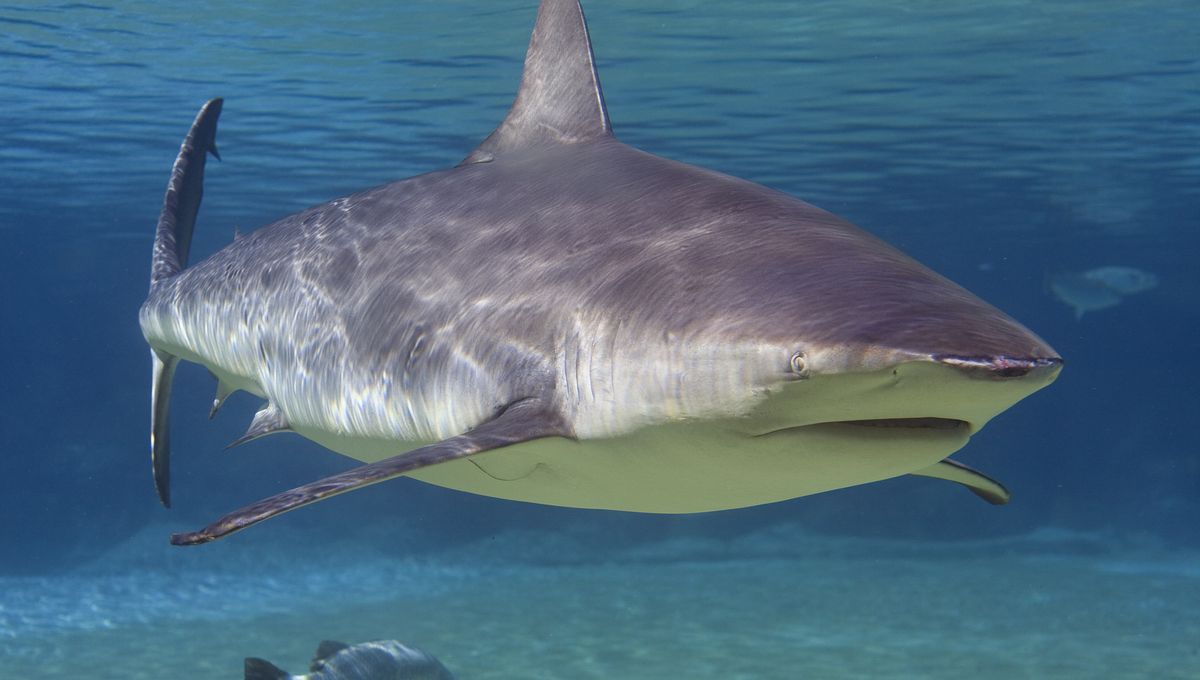
If you’ve planned a relaxing summer vacation by the edge of a lake you might think your chances of running, or rather swimming, into a shark are pretty low. Surprisingly there are several places around the world that are home to sharks capable of surviving in freshwater. Guess you’re going to need a bigger boat after all.
While you might be safe from the great whites, bull sharks are capable of surviving in both fresh and salt waters. This is because bull sharks have an advanced ability to osmoregulate their livers and are capable of adapting to the salinity of the environment, unlike the physiology of some of the more famous shark species like hammerheads and tiger sharks.
Lake Nicaragua is one of the largest freshwater lakes in the Americas and bull sharks travel up the San Juan River and through a series of eight rapids in a similar manner to salmon to reach the lake, where they may stay for several years. This ability to navigate the rapids is not seen in any other bull shark population.
In case you fancied a spot of golf on your trip beware of Carbrook Golf Club in Queensland, Australia. In 1996 a huge flood was thought to have trapped around six bull sharks in the freshwater lake on the golf course; a population has been there ever since. Extreme flooding after Hurricane Ida was also responsible for trapping two dolphins in a pond in Florida. Fortunately, they were rescued two years later.
In Lake Pontchartrain, Louisiana a boy was attacked by a bull shark in 2014; bull sharks have also been caught by anglers on this lake. The sharks move into the lake more in the summer months but swim back out to the Gulf of Mexico in the later part of the year.
To round out the list, bull sharks and sawfish have been spied in Lake Janoer in New Guinea, Lake Izabal in Guatemala, Lake Sentani in Indonesia, and Lake Bayano in Panama.
In more wholesome bull shark news, the brackish waters of Lake Maracaibo in Venezuela are home to a bull shark nursery. Coincidentally the lake is also the location where the most lightning strikes occur in the world, so maybe strike that one off your list of holiday destinations.
In case you thought skipping the lake dip and opting for a river swim would be a safer option, there are three species of river sharks: the Ganges shark that is only found in freshwater rivers in India; the northern river shark; and the speartooth shark that makes the rivers, brackish estuaries, and seas of northern Australia and New Guinea their home. And in another case of sharks appearing in unexpected places, hurricane street sharks have not been ruled out, either.
The good news is shark attacks either in the sea or a lake are extremely rare. “You have a better chance of being struck by lightning on a golf course” than being bitten by a shark, John Carlson, a research biologist at the NOAA’s Fisheries Service in Panama City, Florida told Live Science.
Source Link: Shark-Infested Lakes Exist And You Might Have Already Swum In One